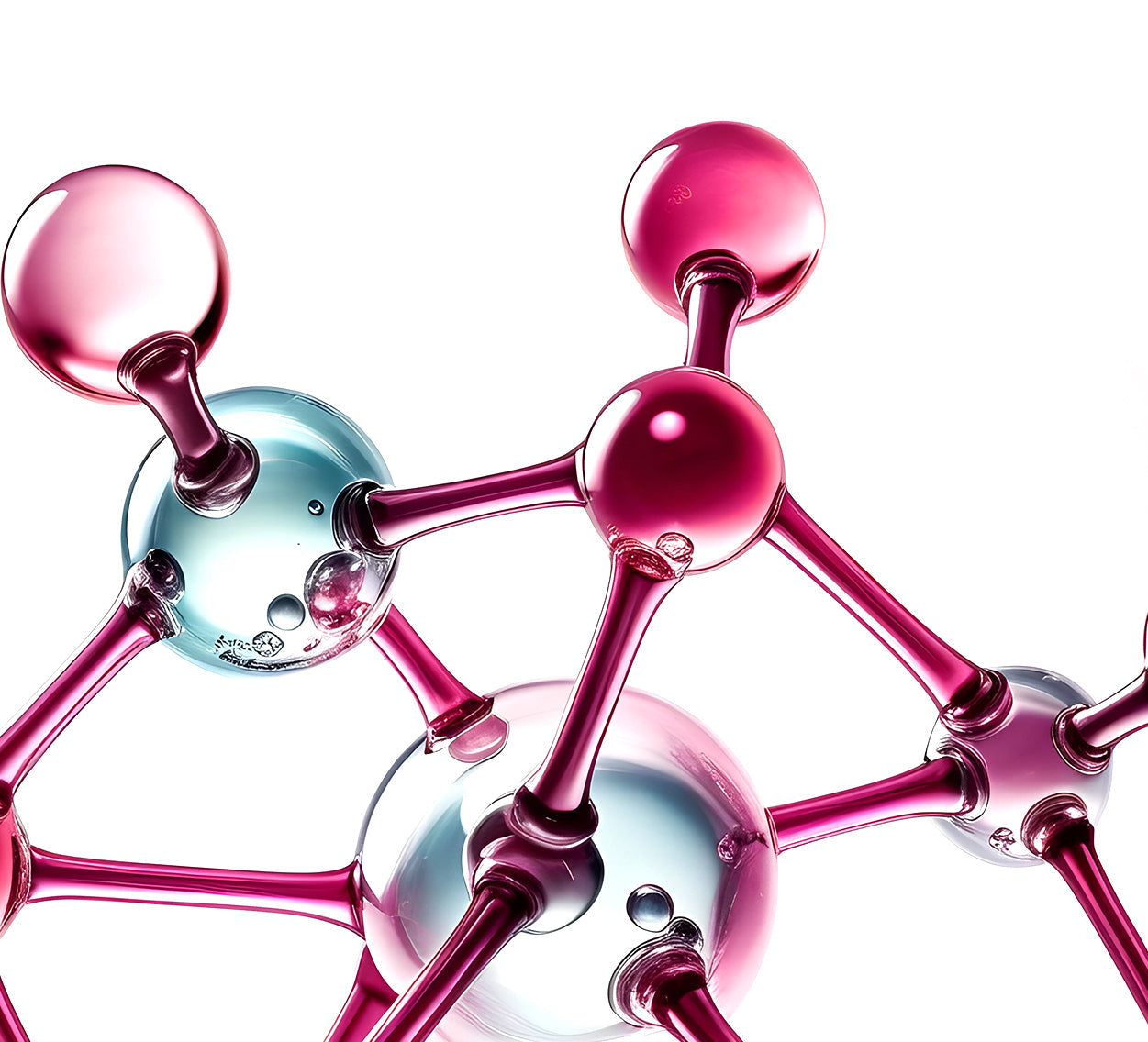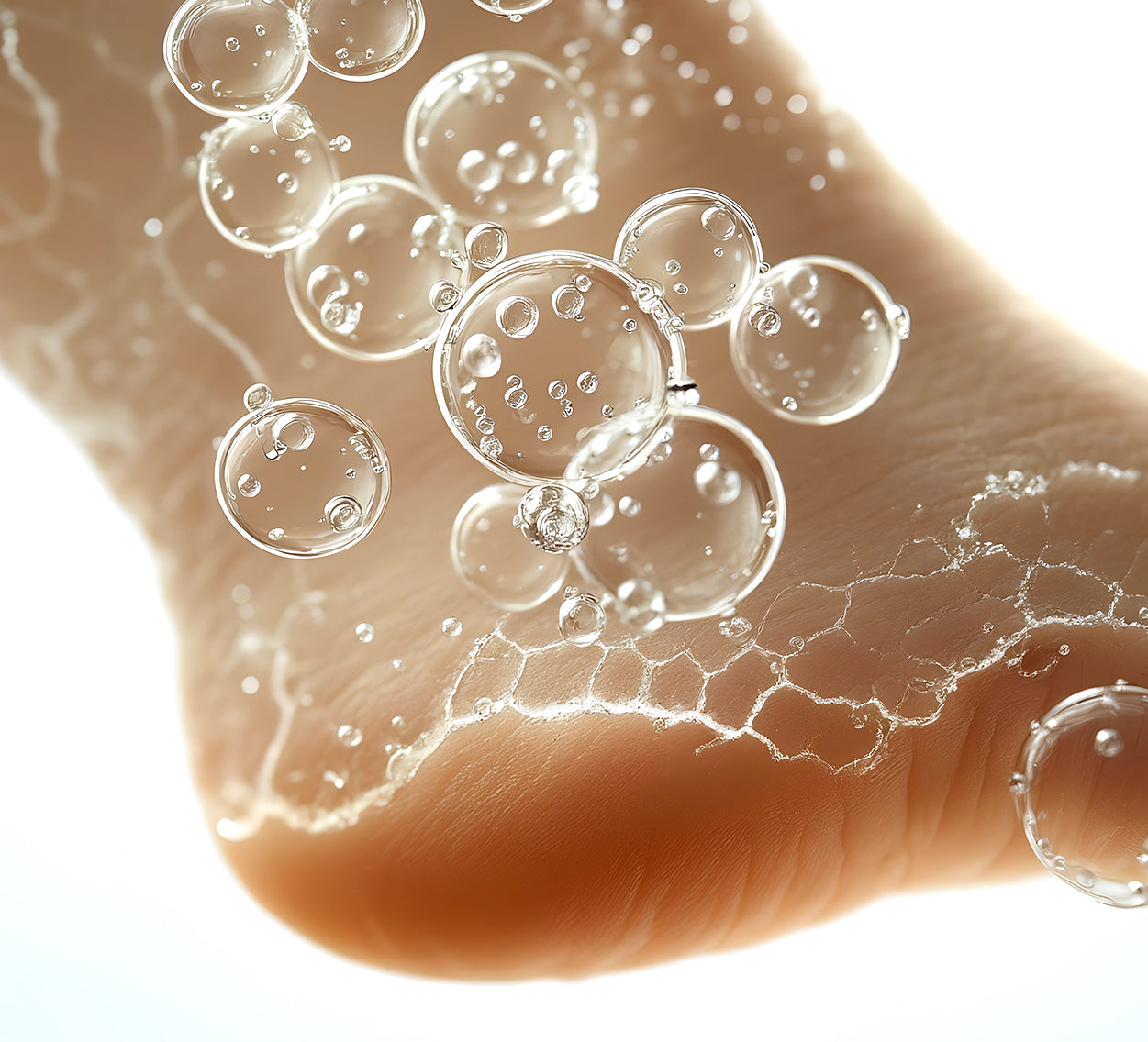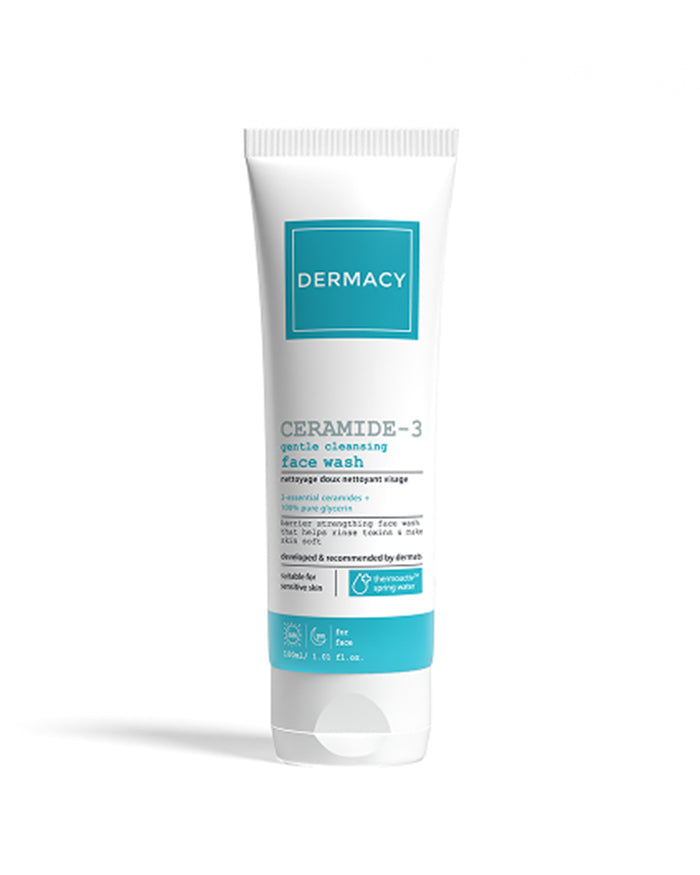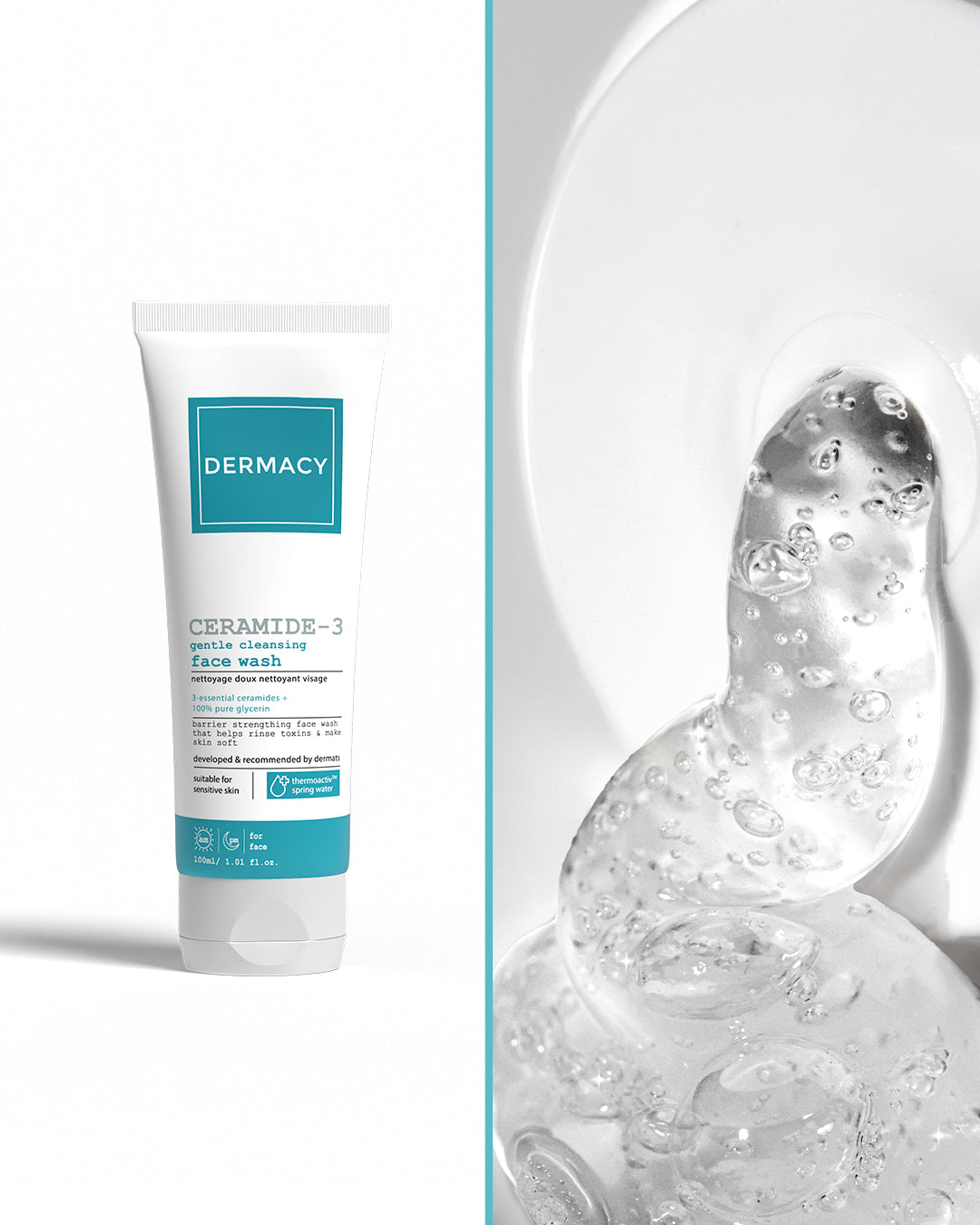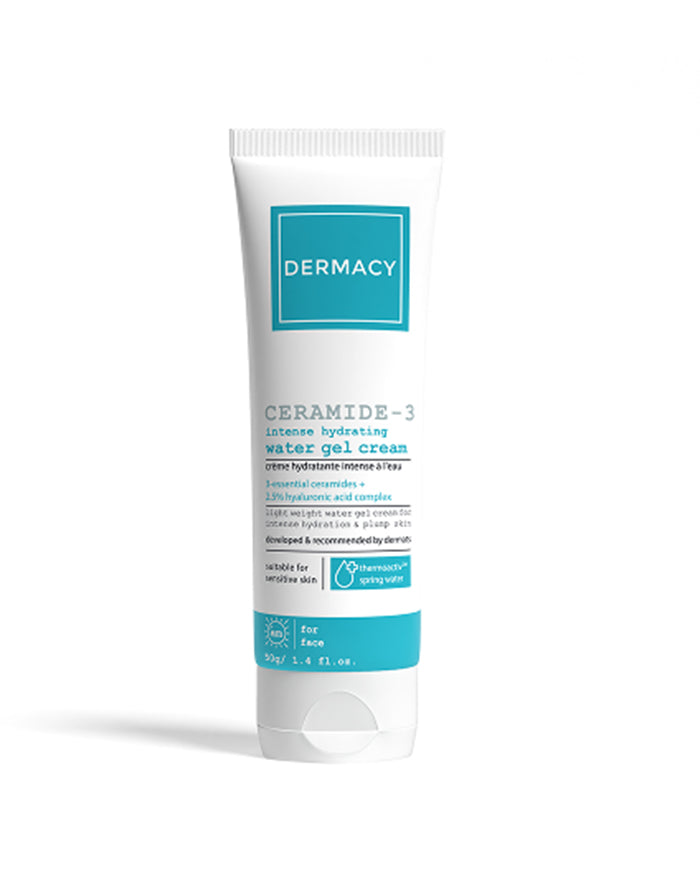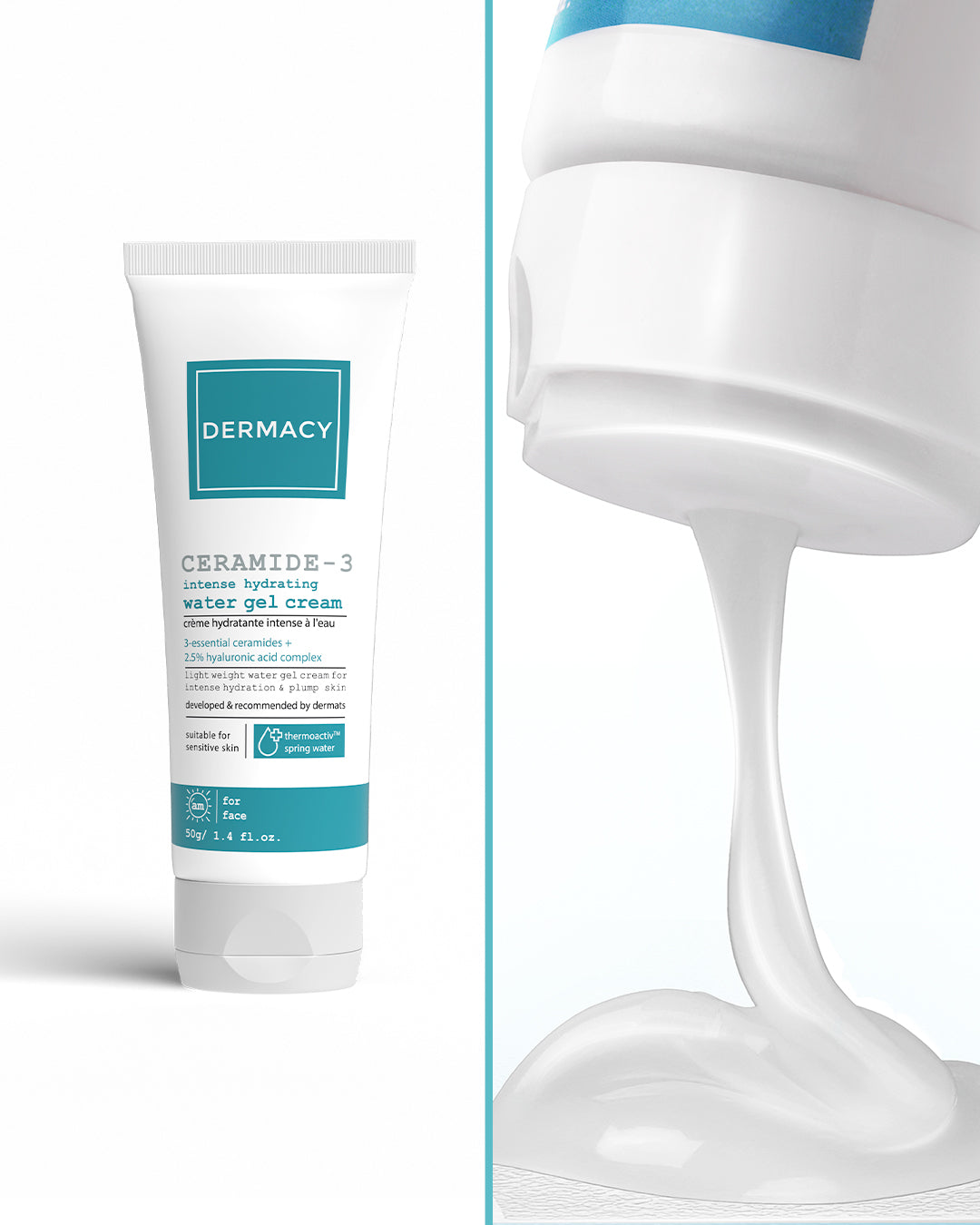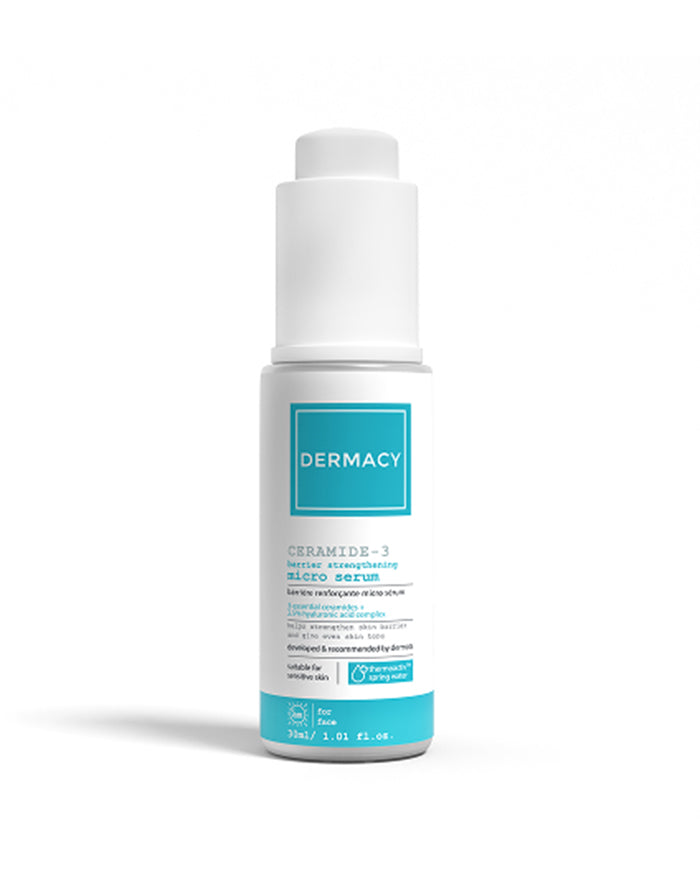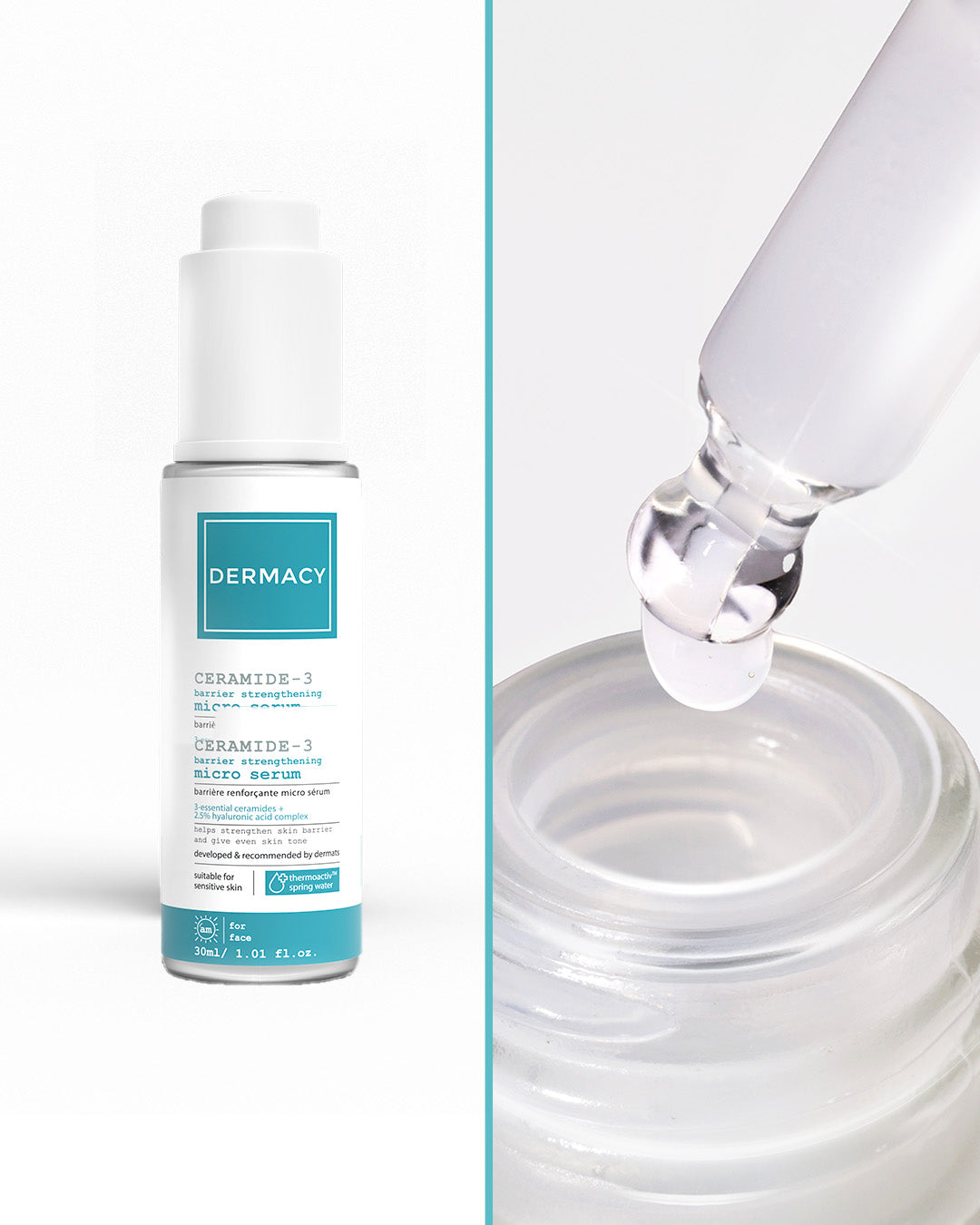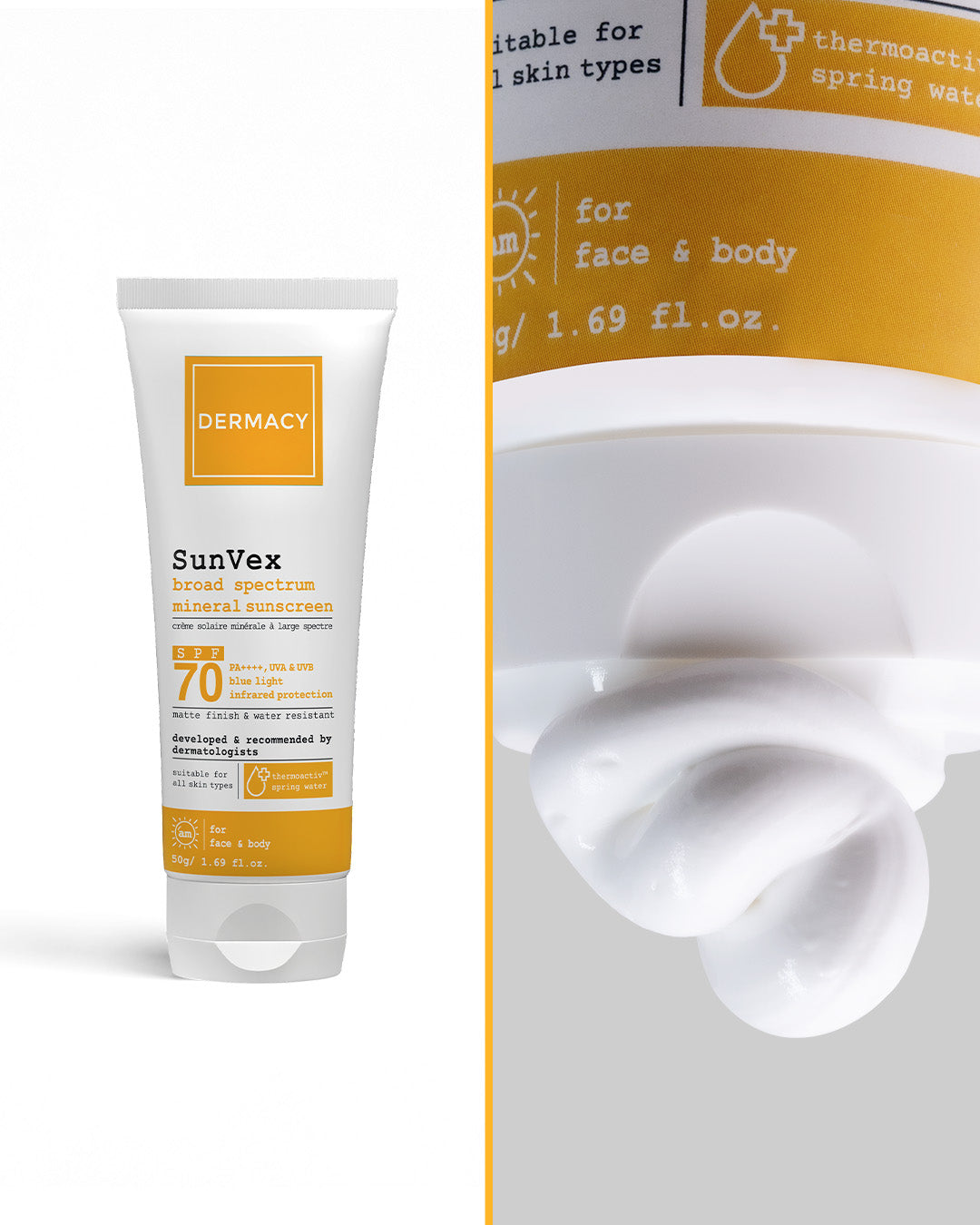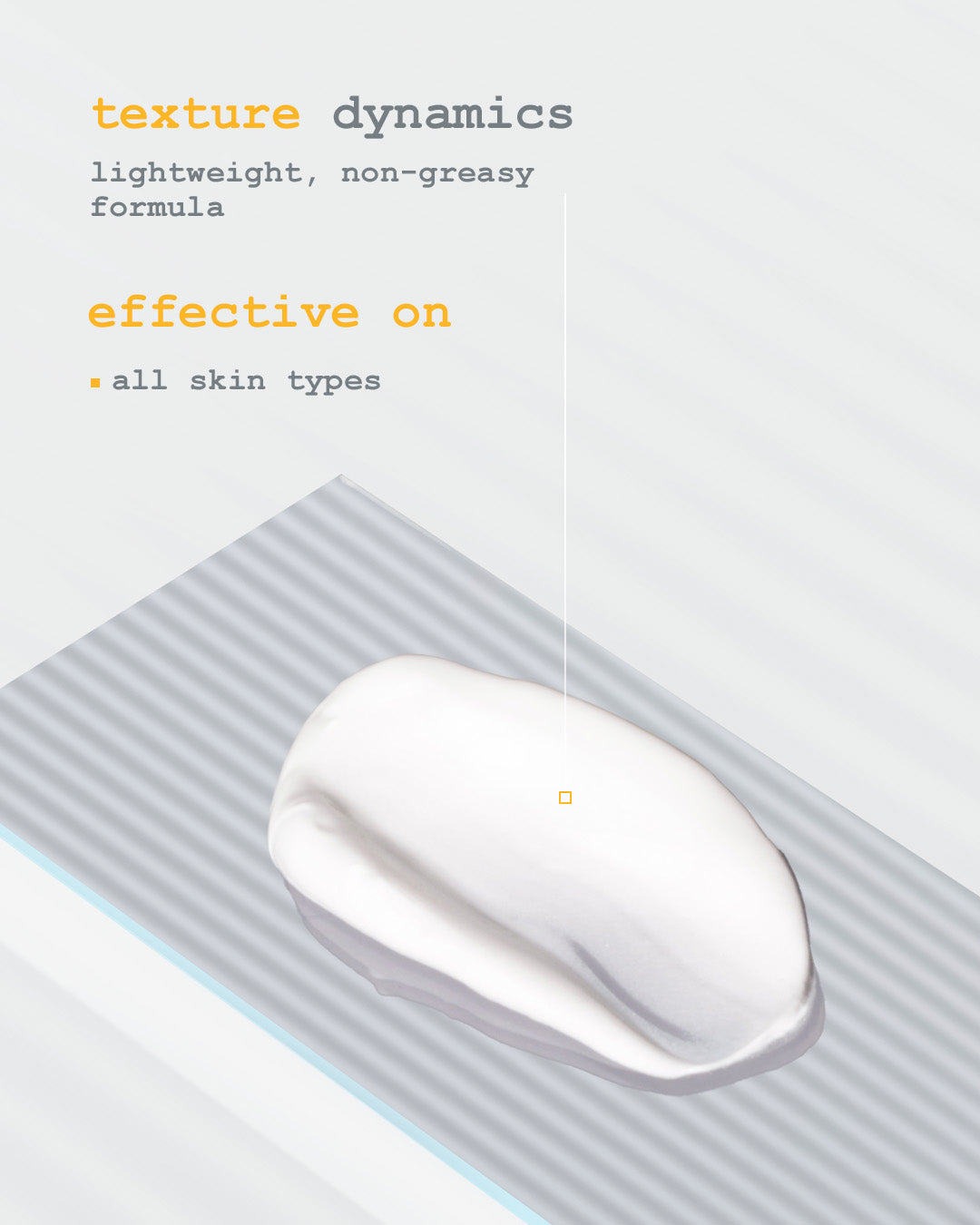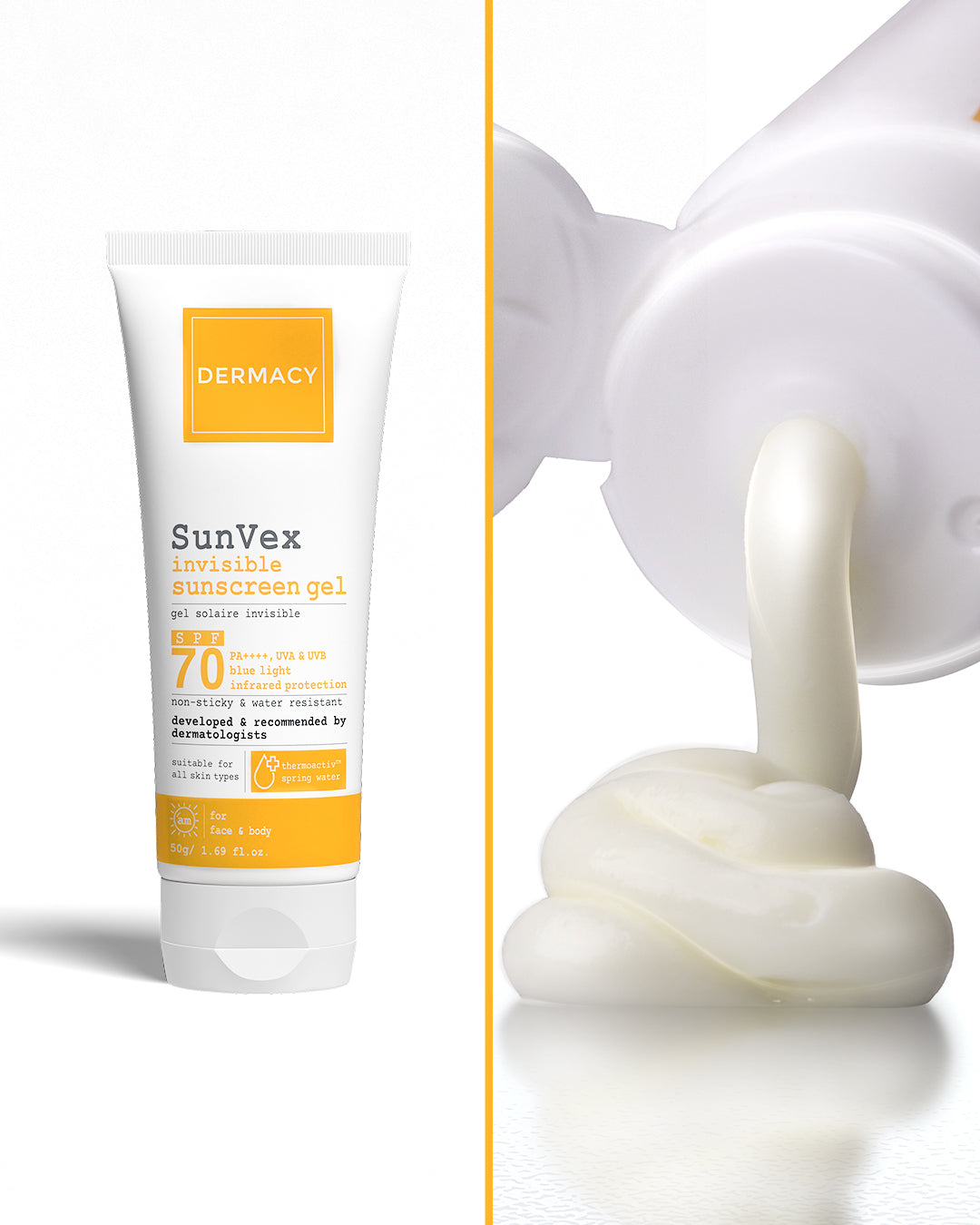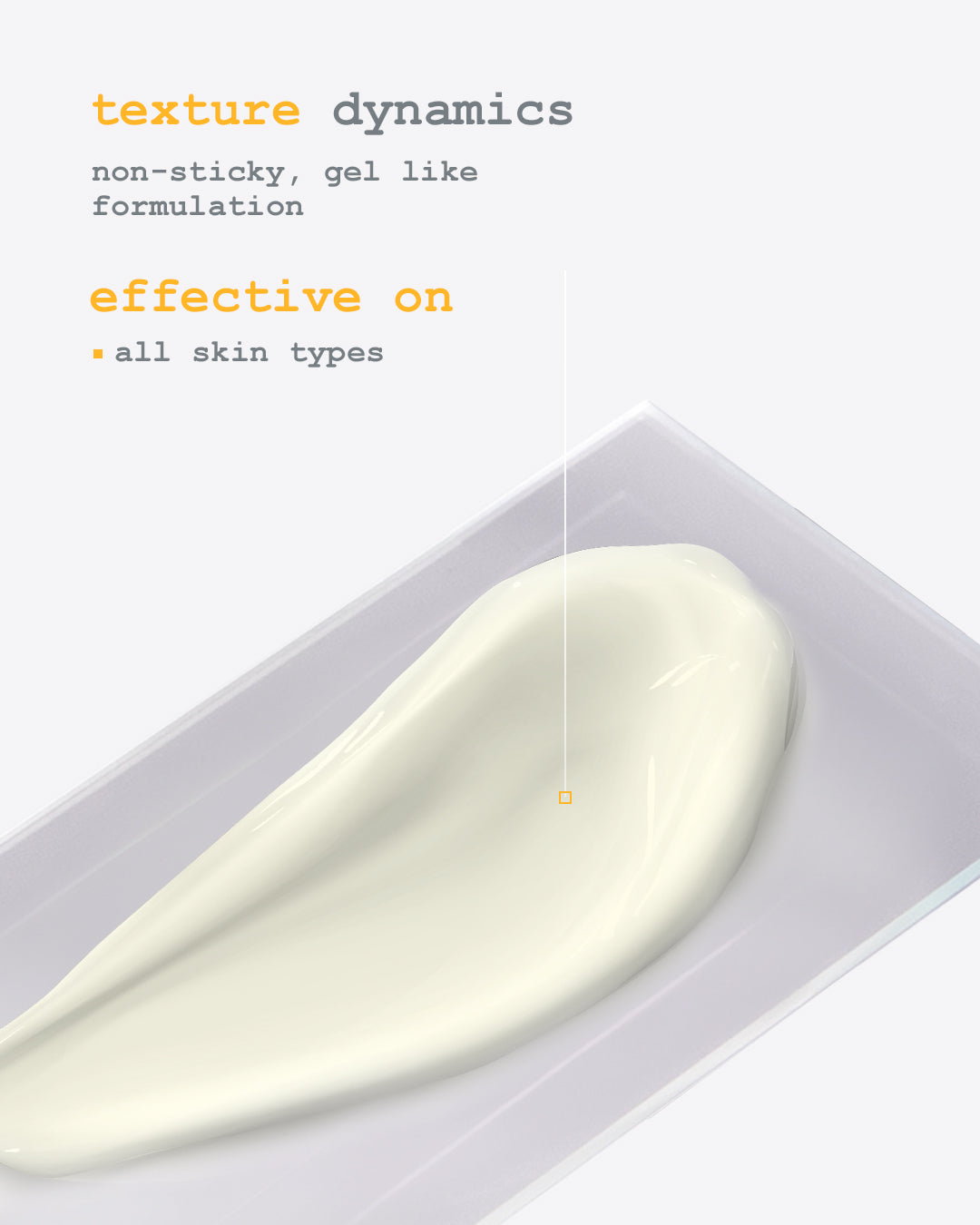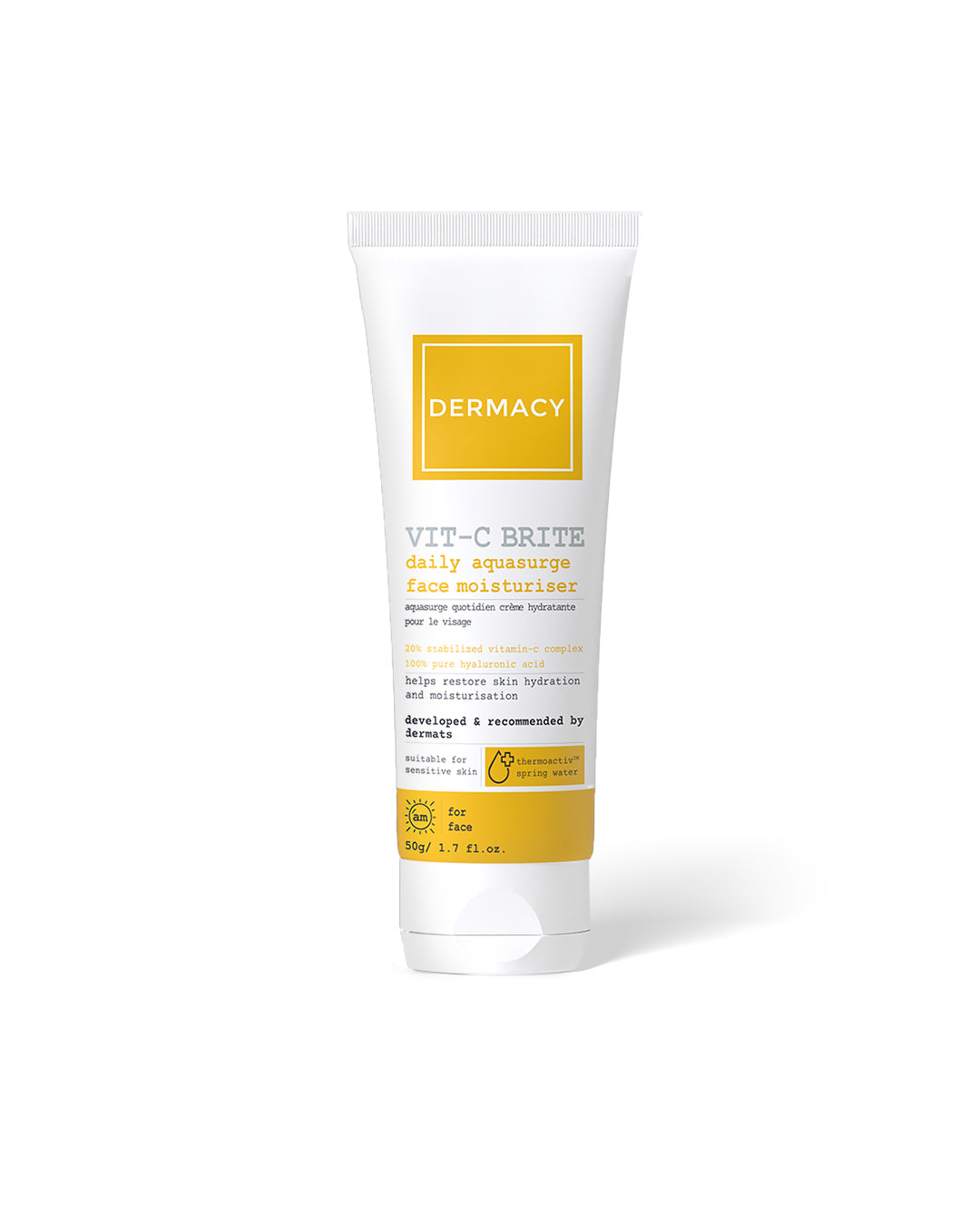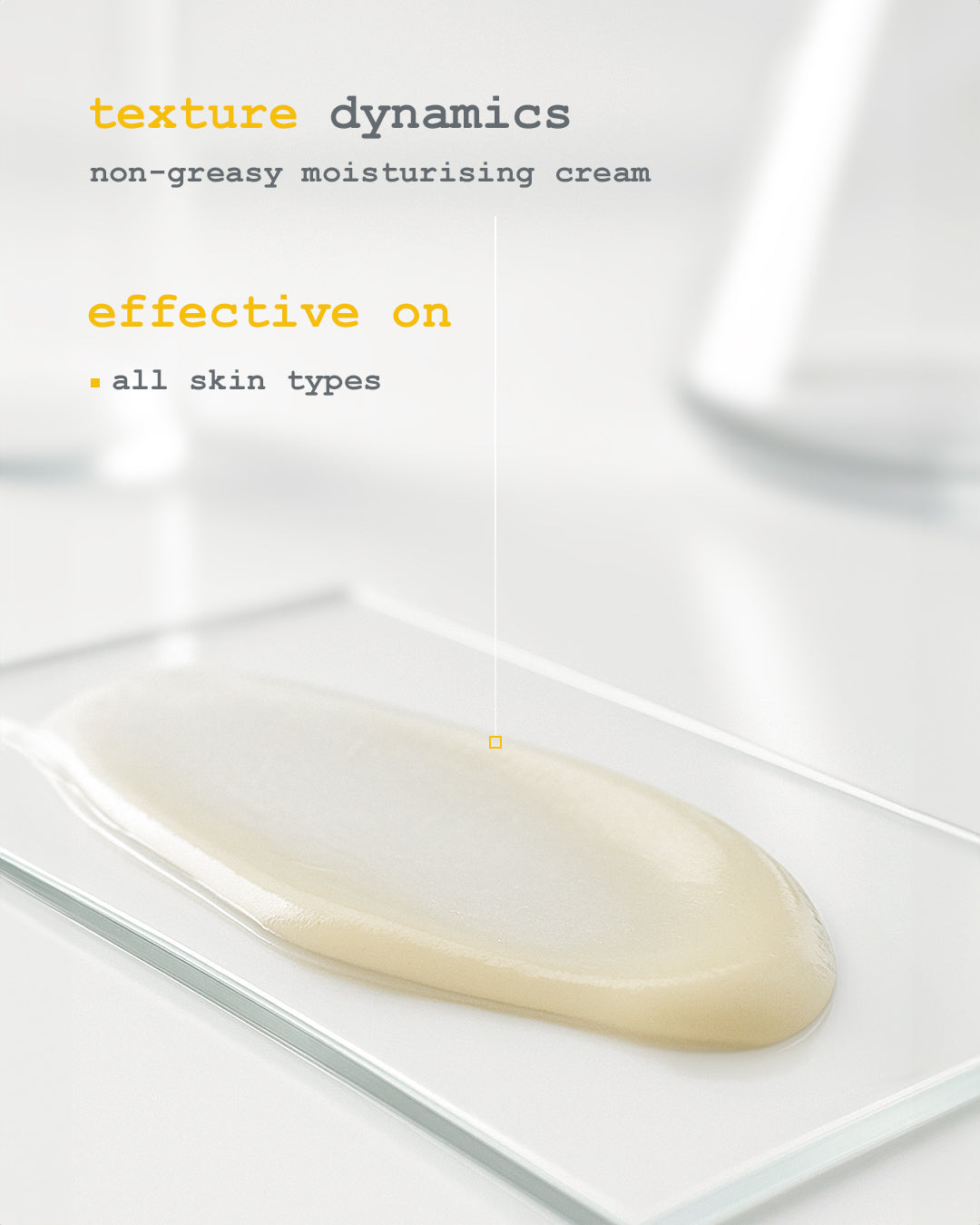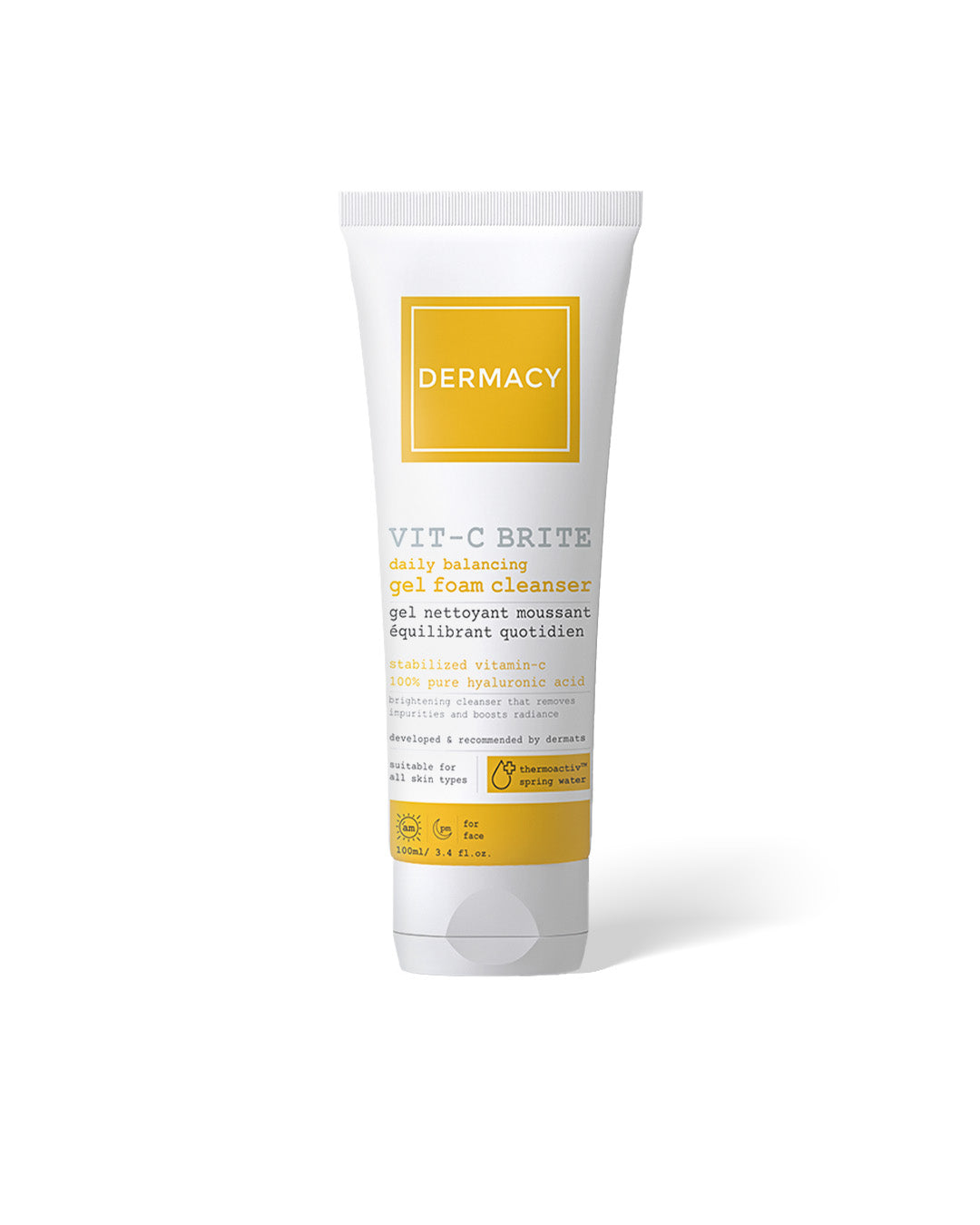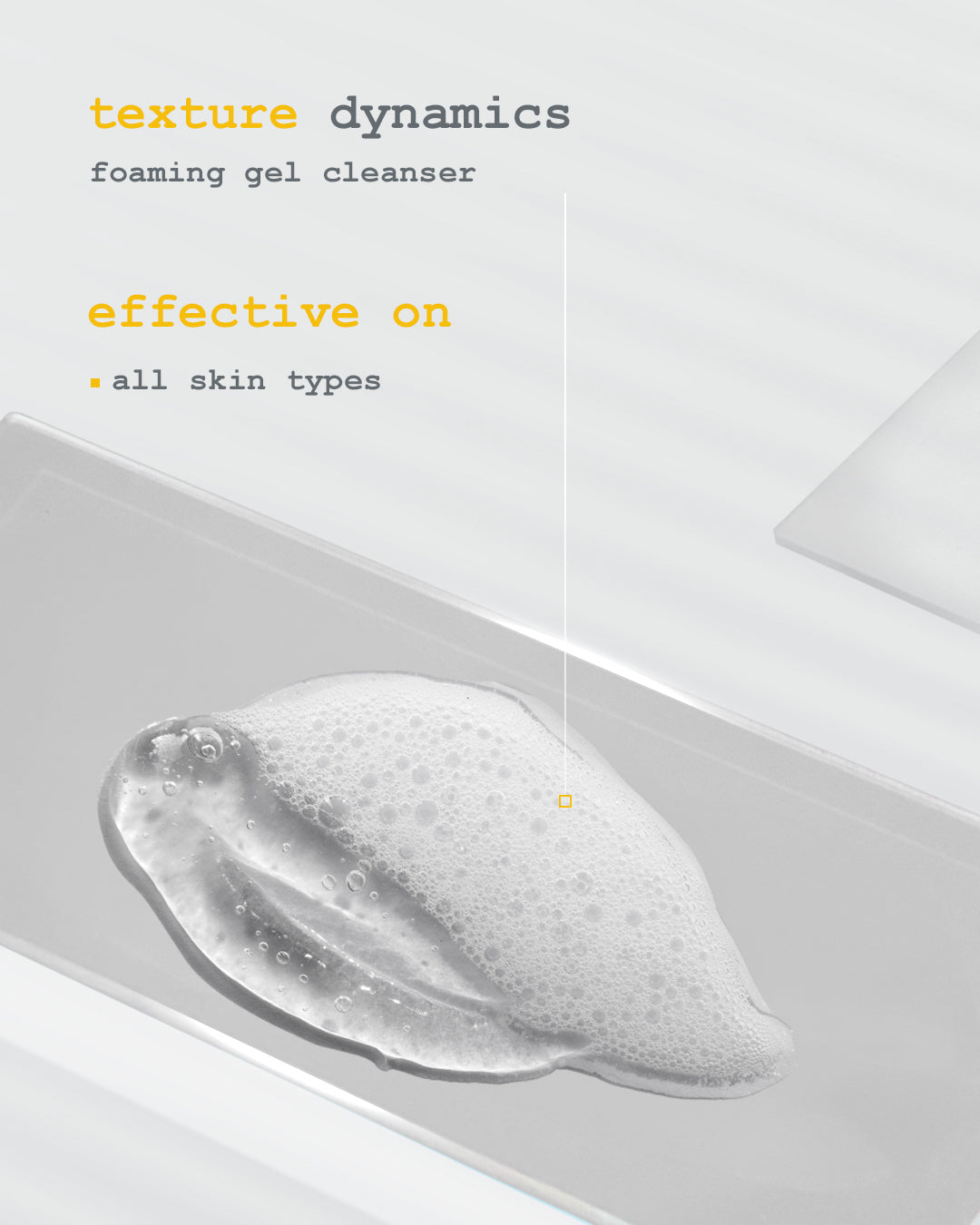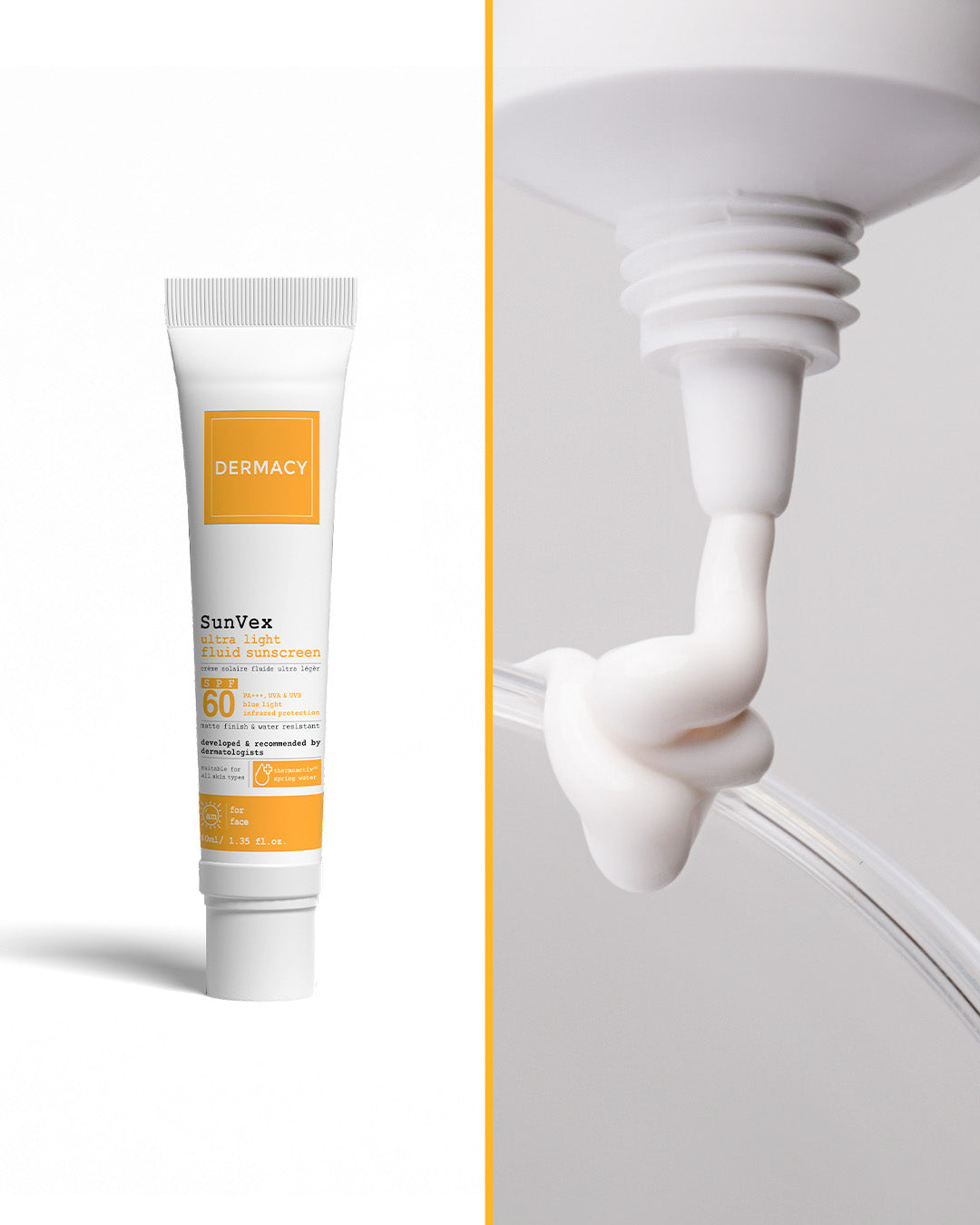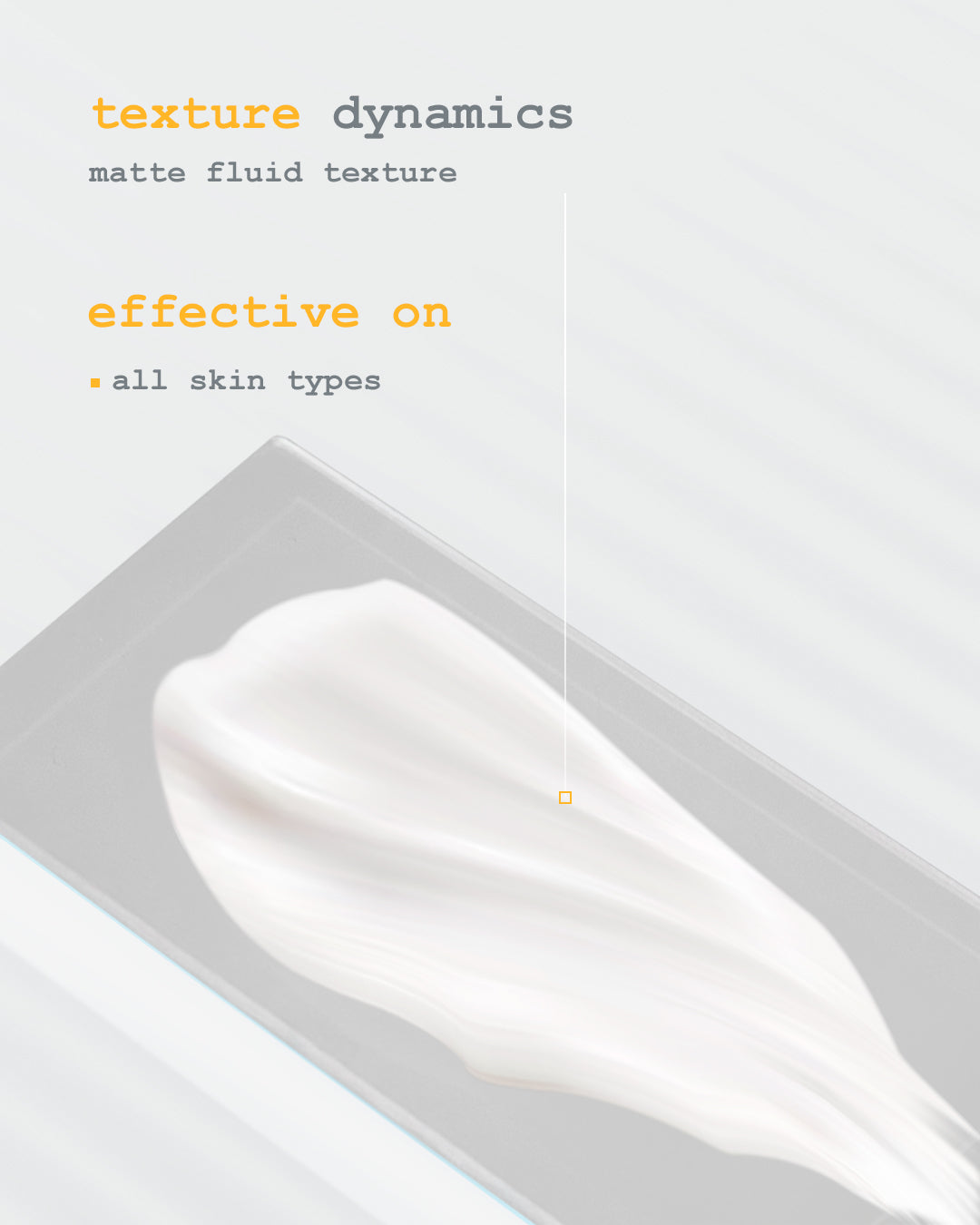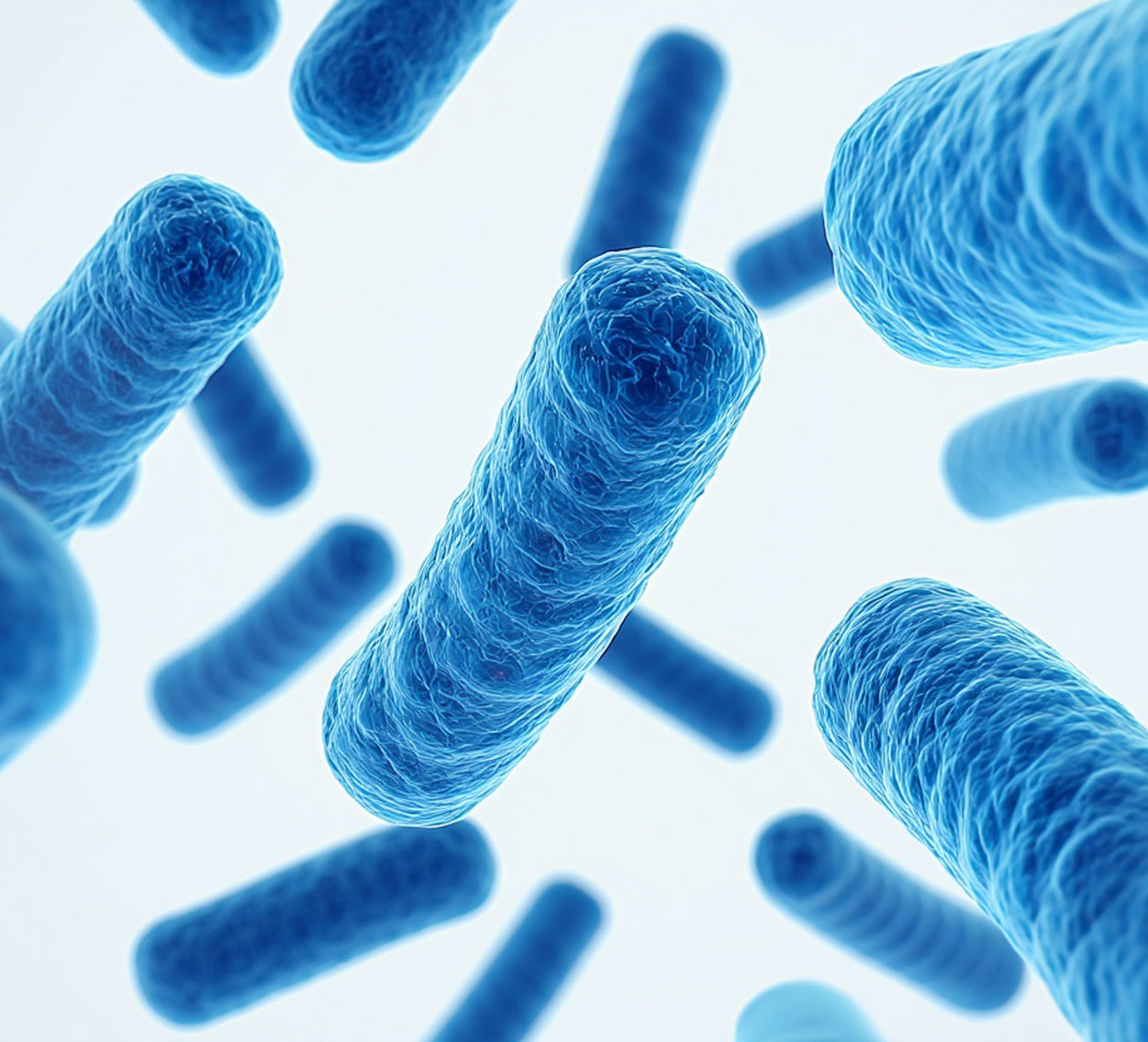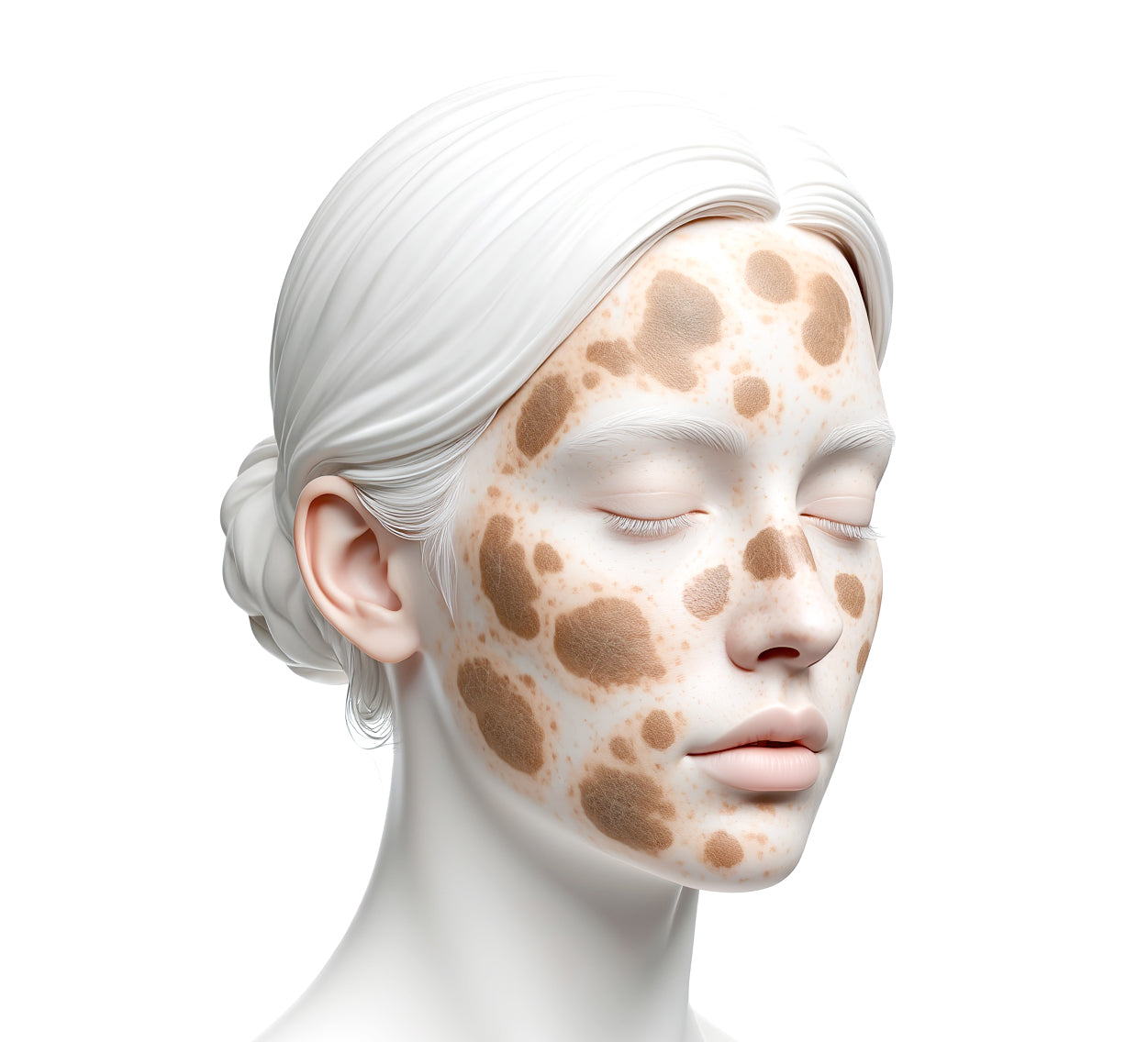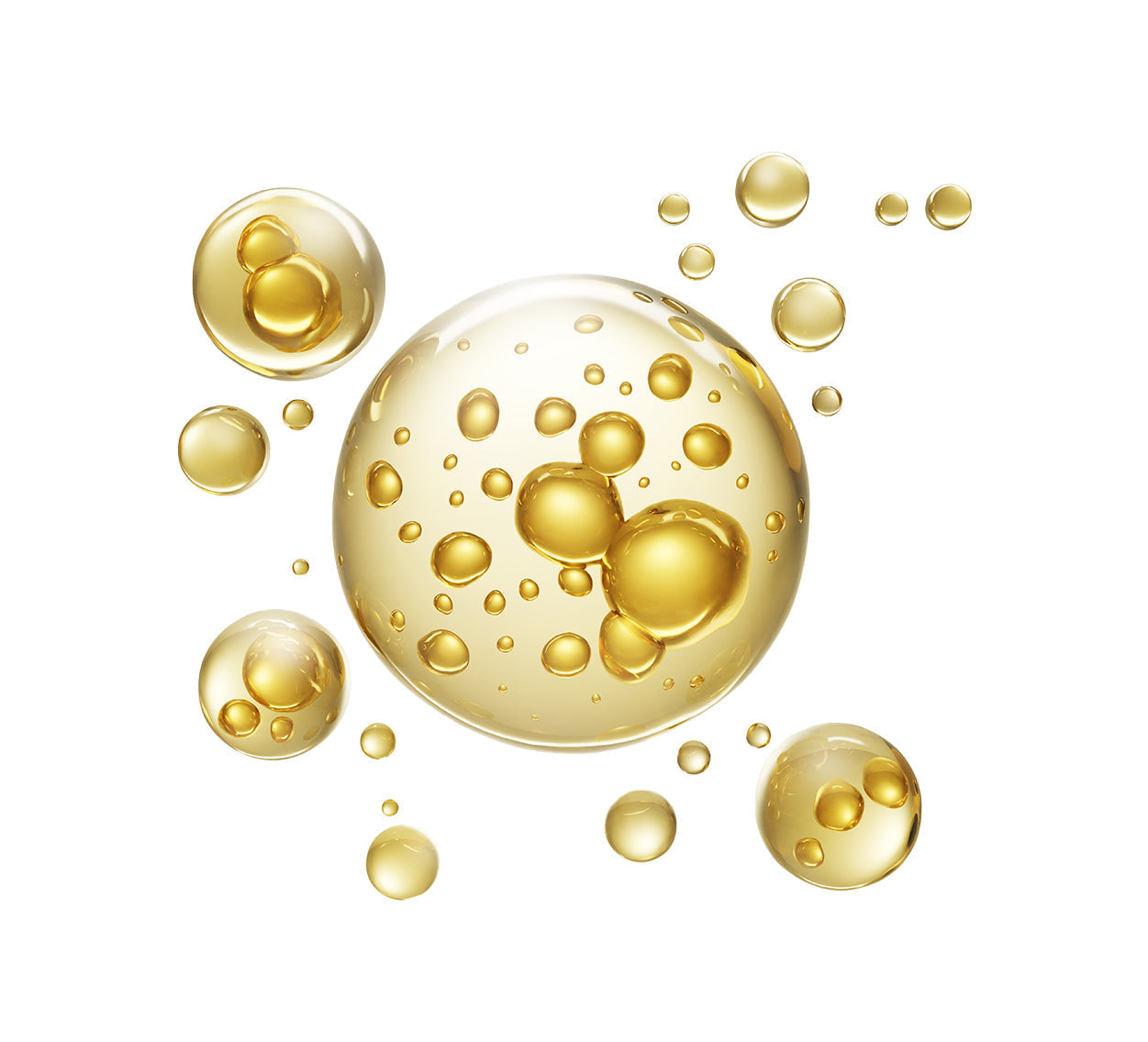Hyperpigmentation Treatment: What It Is and How to Treat It Effectively
How to Reduce Dark Spots and Treat Hyperpigmentation
Sun Protection is Essential
Consistent use of broad-spectrum sunscreen is vital. UV rays not only cause but worsen hyperpigmentation and interfere with pigmentation treatment efficacy.
Gentle Cleansing
Avoid harsh foaming cleansers. Opt for pH-balanced face washes that support the skin barrier, a key step in effective skin pigmentation treatment.
Incorporate Brightening Ingredients
Niacinamide, alpha arbutin, tranexamic acid, and licorice extract are some of the best products for hyperpigmentation. They help fade pigmentation and even tone Use Chemical Exfoliants Wisely
Glycolic acid or PHAs can promote skin renewal but should be used no more than 2–3 times a week.
Support the Skin Barrier
Look for moisturizers with ceramides, glycerin, and hyaluronic acid to strengthen and heal skin pigmentation issues.
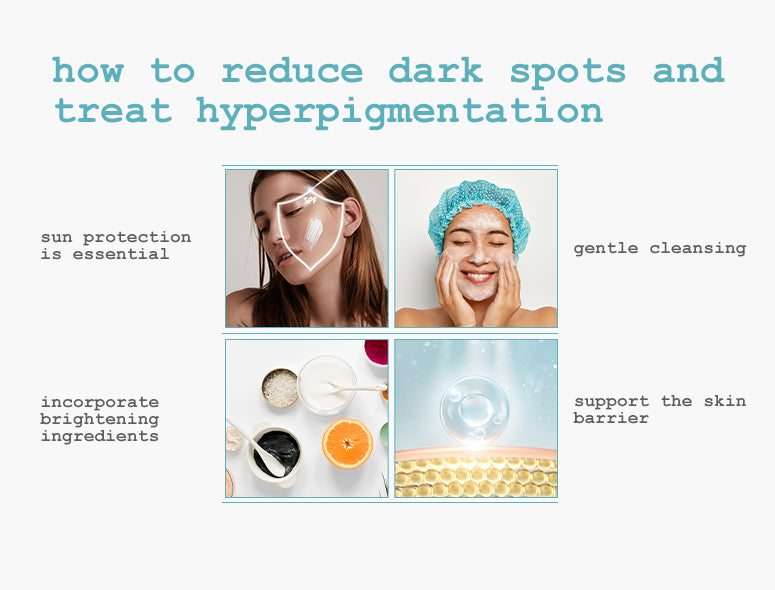
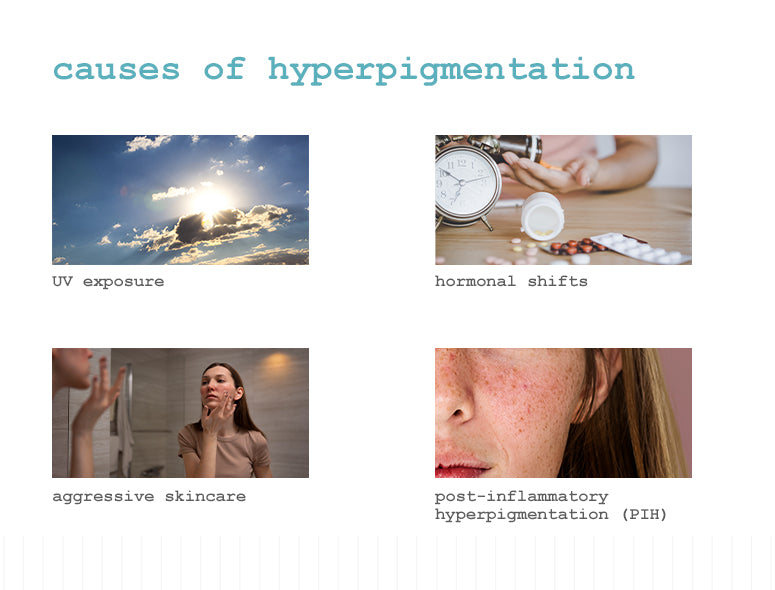
What Is Hyperpigmentation?
Hyperpigmentation refers to areas of skin that appear darker than the surrounding tissue due to an overproduction of melanin. While not harmful, it can be stubborn and persistent if not addressed correctly. Skin pigmentation types vary, and the condition may occur on the face or body depending on underlying factors.
Causes of Hyperpigmentation
Hyperpigmentation on face or body is often triggered by:
- UV Exposure – A primary cause of skin pigmentation, UV radiation stimulates excess melanin, resulting in dark spots.
- Post-Inflammatory Hyperpigmentation (PIH) – Often follows acne, eczema, or minor injuries.
- Hormonal Shifts – Melasma is one of the most persistent forms and may arise during pregnancy or from contraceptives.
- Aggressive Skincare – Over-exfoliating or using products that damage the barrier can worsen pigmentation
- Environmental Stress – Pollution and blue light are emerging contributors to skin pigmentation on face.
Best Treatment for Melasma on Face
Melasma is a form of hyperpigmentation triggered by hormonal changes and sunlight. It appears as symmetrical dark patches on the cheeks, forehead, and upper lip. Effective melasma treatment involves:
- Daily SPF 50+ to reduce melanin stimulation
- Gentle, hydrating cleansers to avoid irritation
- Topical brightening agents that inhibit tyrosinase (an enzyme involved in melanin production)
- Barrier-supportive products that maintain hydration and reduce flare-ups
The best cream for pigmentation is one that combines active ingredients with barrier support. Dermatologists recommend minimal yet targeted routines:
- Cleanse with a pH-balanced formula
- Treat with brightening serums
- Moisturize with barrier-repairing ingredients
- Protect with broad-spectrum sunscreen daily
Final Takeaway
Hyperpigmentation isn’t just cosmetic—it reflects imbalance, inflammation, and compromised barrier function. Whether you’re managing post-acne marks, melasma, or general dark spots on face, the best hyperpigmentation treatment is one that restores clarity while protecting skin from future damage.





